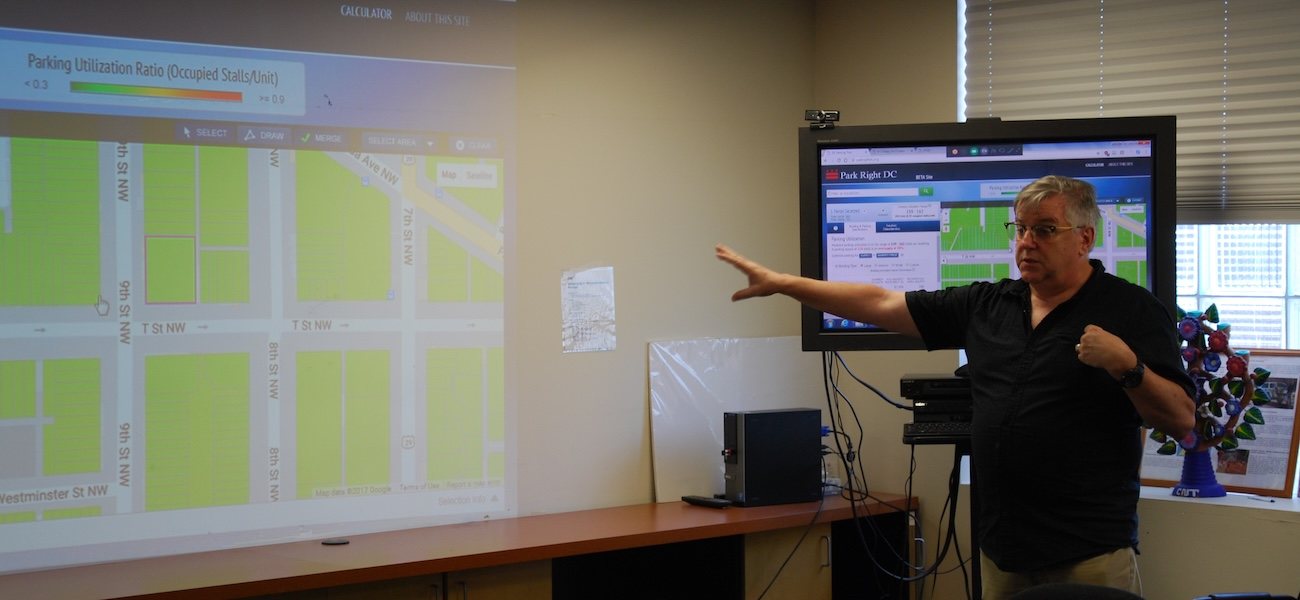Urban flooding is a problem with a broad range of causes. The way neighborhoods are developed, the capacity of sewer systems, regional weather variations – all of these, and more, affect flood risk. This means it will take a diverse array of expertise to develop effective solutions to a community’s flooding problems.
To start addressing flooding holistically, the Army Corps of Engineerscreated the Silver Jackets program to lead collaborative, interagency flood-risk management practices that protect the public and reduce flood damages to communities across America. CNT will work with the Chicago District Silver Jackets team to help the region’s communities become RainReady. The CNT/Silver Jackets project will be funded by the Army Corps of Engineers’ 2014 Interagency Nonstructural Flood Risk Management Program.
This collaboration with RainReady is the first of its kind for the Chicago District Silver Jackets. The team hopes to draw on the expertise of the Metropolitan Water Reclamation District, Chicago Metropolitan Agency for Planning, Federal Emergency Management Agency, National Weather Service, and United States Geological Survey to create a comprehensive plan for two Chicagoland communities, Chatham andMidlothian, that experience chronic urban flooding.

CNT’s RainReady staff will coordinate the yearlong program of work, liaising with residents and local leaders to map out the problem areas and identify potential solutions, including the potential for homeWetrofit improvements. Experts from the Silver Jackets team will carry out risk modeling for the communities and evaluate opportunities for non-structural improvements, such as elevating homes; erecting flood barriers around buildings; setting up flood warning systems; and incorporating permeable paving, swales and rain gardens in public rights-of-way. The year of research and assessments will culminate with CNT and the Silver Jackets working with community leaders and residents to develop a RainReady plan.
This project is the first on-the-ground application of the RainReady approach, which advocates collaboration between residents, municipalities, and governmental agencies to implement innovative solutions, like green infrastructure and property-level improvements, to prevent urban flooding. We hope that this process will be replicated in other communities as part of the RainReady initiative, which recently received extended support from the Surdna Foundation (and was also partially funded by the City of Chicago in order to help residents manage water in their homes and neighborhoods).
Learn more





 Strengthening Transit Through Community Partnerships
Strengthening Transit Through Community Partnerships